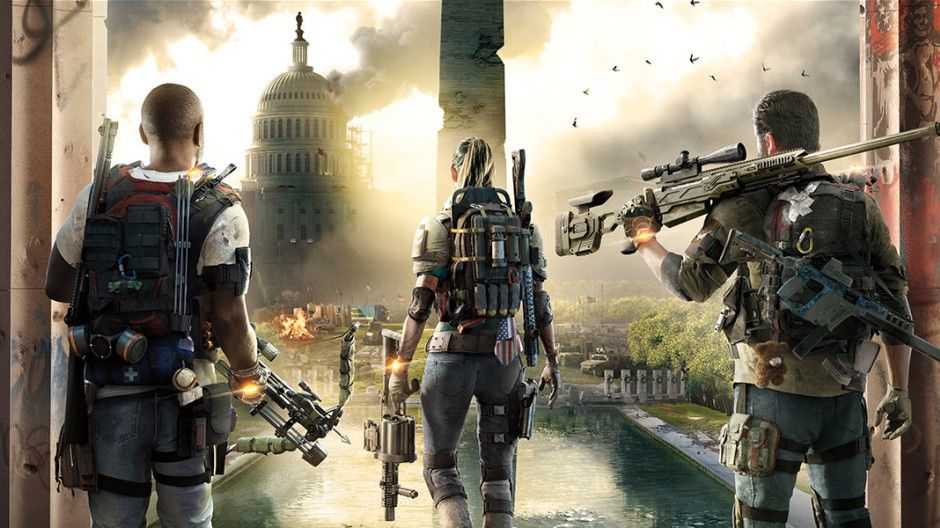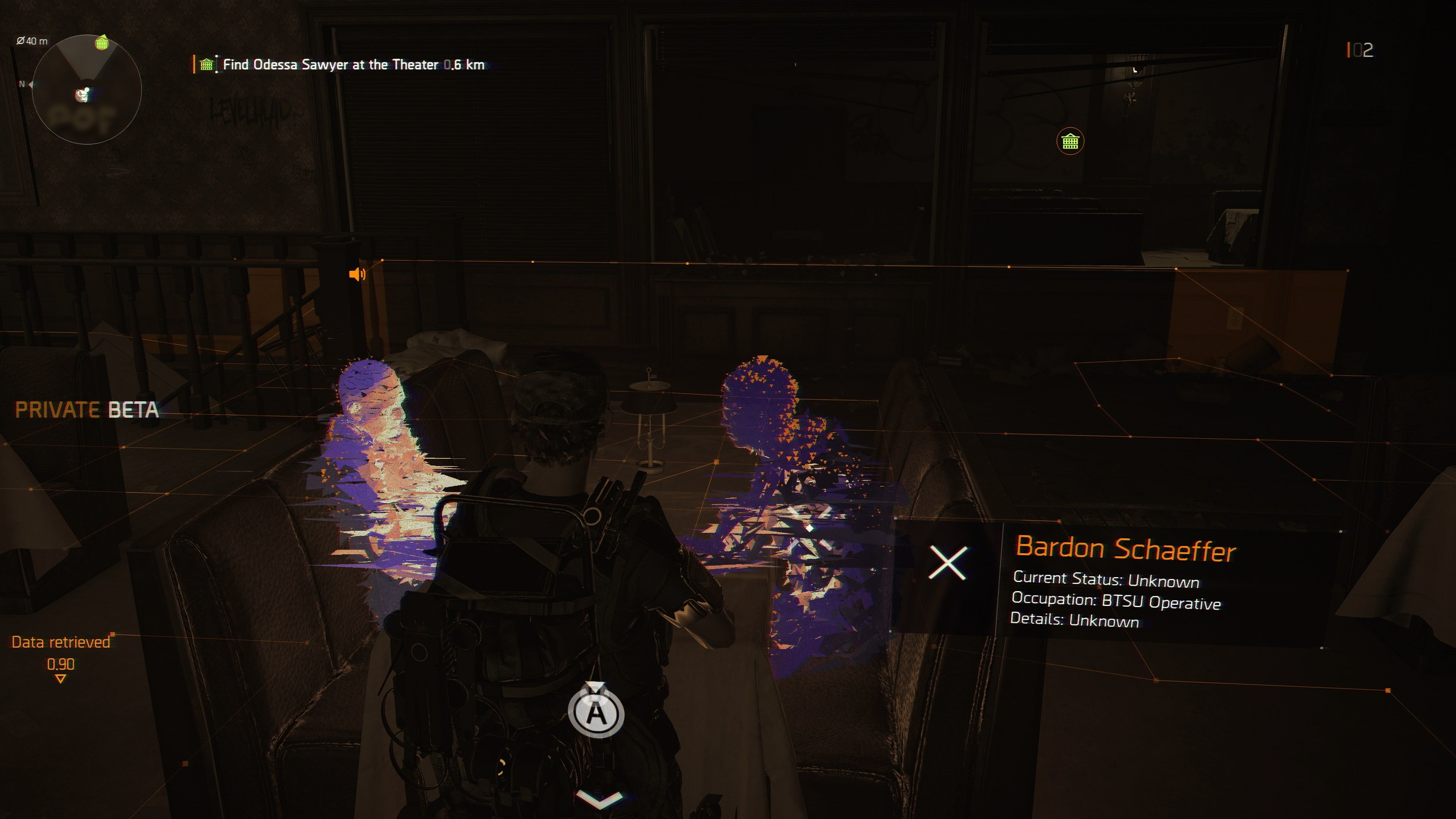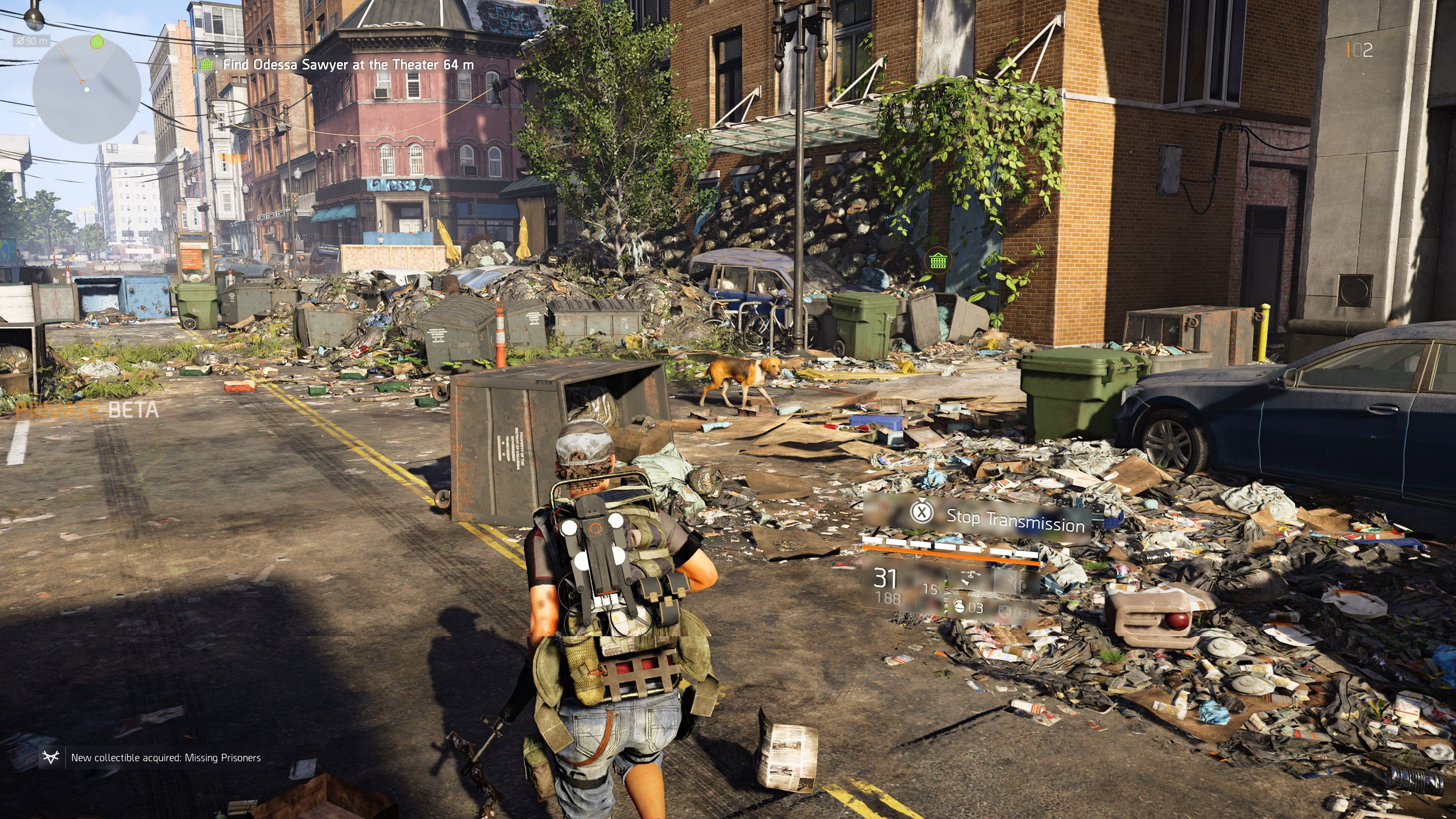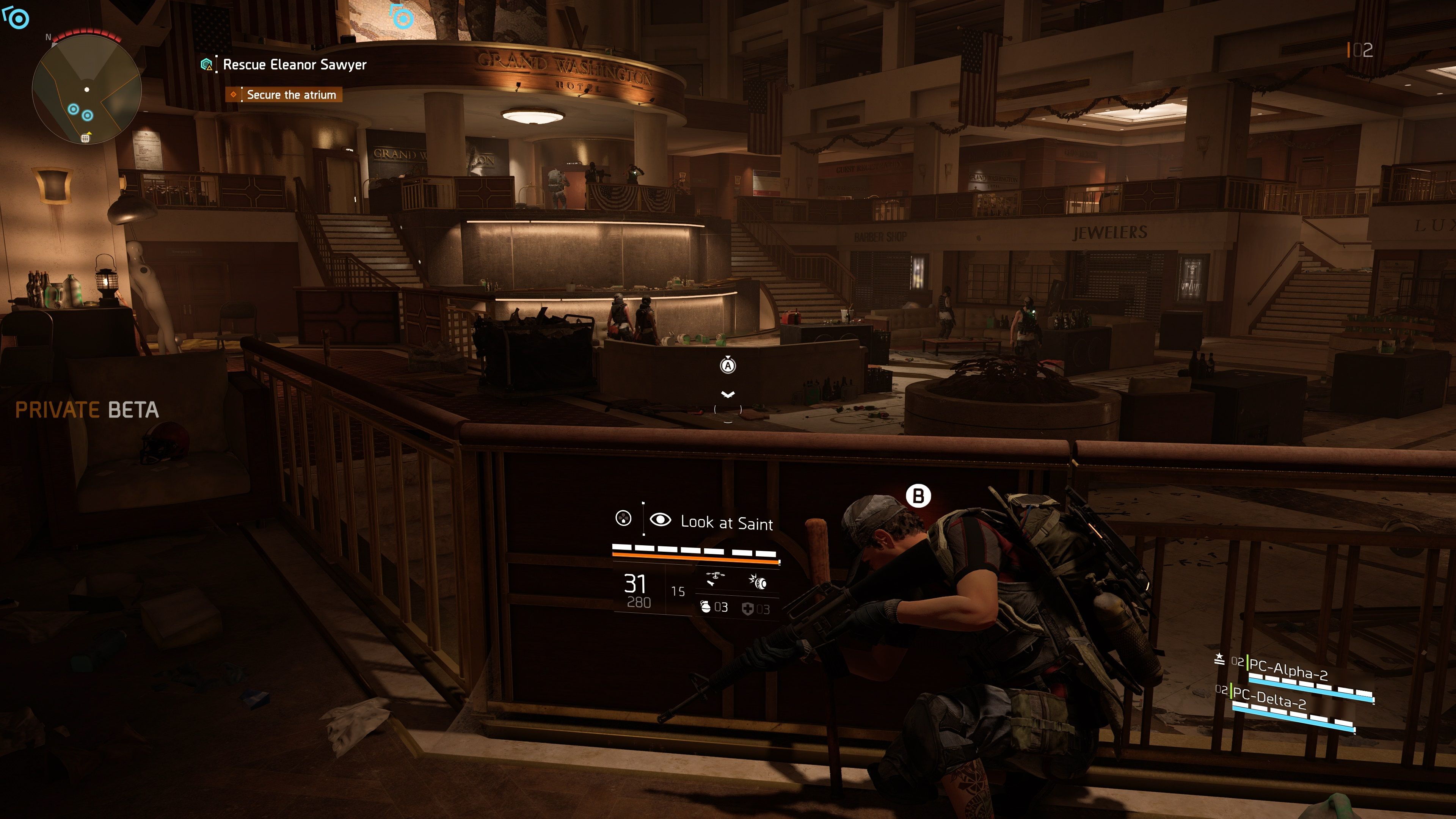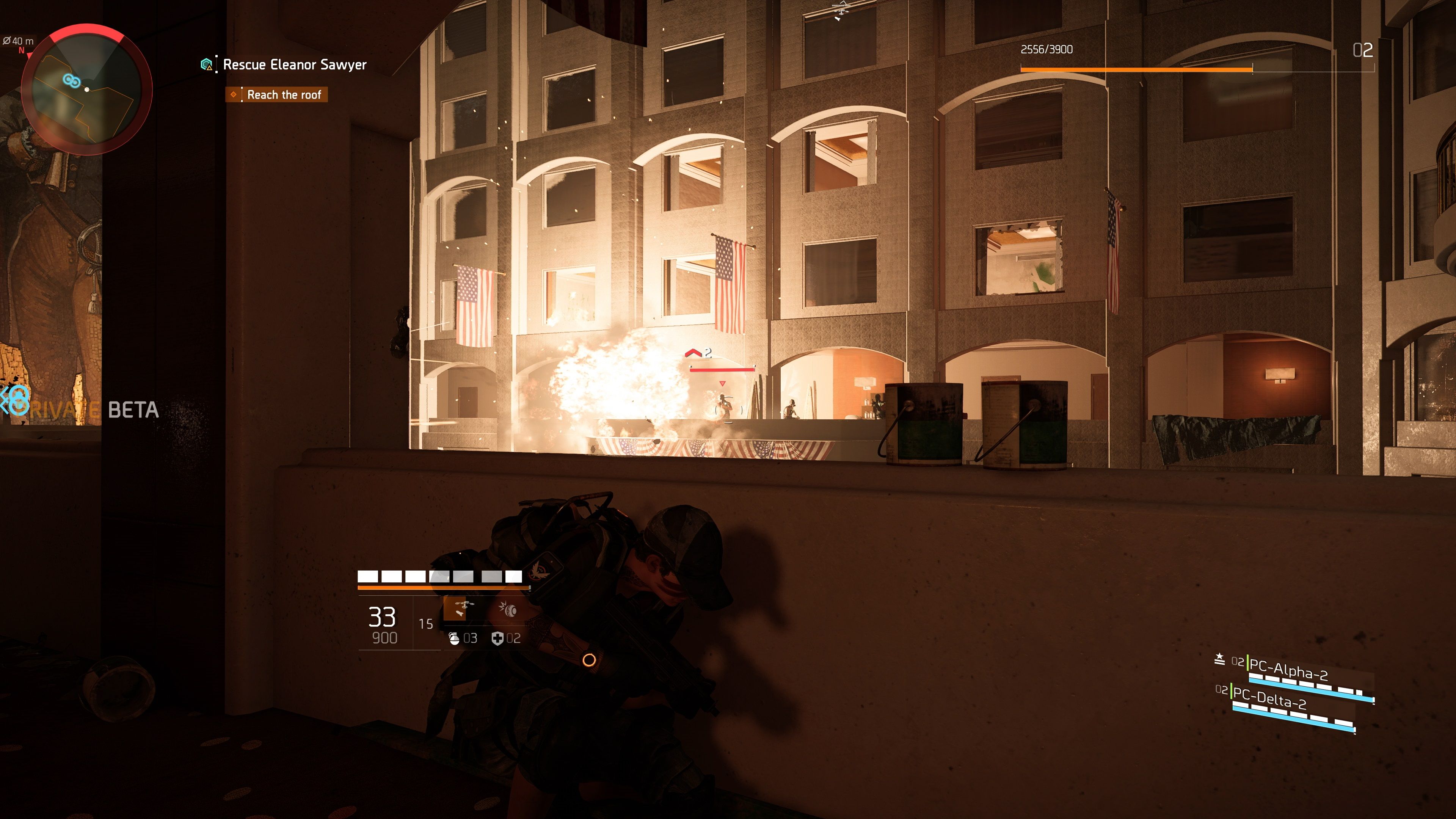During a demo event for Tom Clancy's The Division 2 I was able to talk with Yannick Banchereau, Live Content Manager at Massive Entertainment. I was curious as to his perspective and experience working with Ubisoft's worldwide studios partially due to Metroid's reportedly similar structure that obviously ended up not working out.
As the live content manager I was also curious about the work bringing as much as possible of Tom Clancy's The Division's updates into Tom Clancy's The Division 2 at launch, some major Dark Zone changes for those more "hardcore" players, and if we can expect a spring/fall season theme for the next game due to the winter/summer of the first and second game respectively.
Steven: What is your position at Massive?
Yannick Banchereau: I'm a live content manager, which basically means I am running the operation of the game, making sure the servers are running, that we are constantly giving the players new things to do, and also overseeing everything that is post launch content.
[pullquote]"We made sure everything we learned from the first game is something that is going to help us make a better sequel."[/pullquote]
S: At what point in development did you decide you wanted to bring over everything that you had added to the original Tom Clancy's The Division into the launch version of The Division 2? That must be hard since it is everything that has been worked during the years after the first game.
YB: It is hard, I think it has always been our intention to make sure that when we released The Division 2 it is as close as possible to what The Division 1 is today. We knew the throes of the first game at launch and we didn't want to repeat that. We made sure everything we learned from the first game is something that is going to help us make a better sequel.
Every time we would have a conversation with our players and take feedback we would look at that feedback and think, "Okay, what can we apply in the first game and what can we learn from that with the second one?" It really has been something that I think we have never even really consciously decided. It was very clear to us that we're going to release the second one with as much as the first one in there as possible.
S: Tom Clancy's The Division was in New York City and now its D.C., both of which are very quintessential Americana locations. That being said, you guys are based in Sweden. Is it difficult or is it easy for you to create this game and have it be very United States-centric even though you live in an entirely different country?
YB: I think in a way it helps because we know what it is that people outside the U.S. will know and recognize. We know being in Sweden, we know how important, for example, Washington D.C. is. That is something that we see in the news everyday and that's a city we know the landmarks that people around the world will know, so it allows us to get to this outside of America kind of view on the U.S. and what we think people will recognize.
On top of that we have teams that specialize and people who specialize in authenticity and helping us really make sure that we get as close to reality as possible with representation. We had a lot of trips to Washington D.C. to actually go there and try to make Washington D.C. as close as possible to the original.
S: Ubisoft has worldwide studios, and you work with each other working on the same game. Is that difficult or have you been able to adjust to it after using the same setup with the first game?
YB: It is a strength more than anything because it gives us a lot of flexibility for us when we need help or when we need to get more resources, we can just get help from another studio so it is something that you use a lot. What has been very good for us is that we're trying to approach the different content of the game as one big team. We're trying as much as possible not to create silos where one studio works on that feature and another one works on that one.
We are trying to create a lot of synergies between all the studios so everybody feels like they are honing the game as much as possible. Of the six teams that work on The Division 2, four of them were already on The Division. Some have been here since before we launched The Division and they helped us with the post launch in The Division as well. That means we already have so much shared experience together on making the first game and adding to the first game that it has become very natural for us to work together.
S: As far as end-game content, which is a big thing for pretty much any live game, it seems like universally it is something that people complain about when a game first launches. Game developers are still trying to figure it out. Why do you think it is hard for developers in general when they first launch a live service for gamers to offer something for people who have already put so much time into it.
YB: I think one of the challenges with the end game is really to try and give people purpose, try to give them a reason to keep playing and not just assume that they keep playing the game because they enjoy it. That's something we are doing with The Division 2 by adding the new end game faction and actually keep evolving the narrative post launch. Keep adding a story, keep adding a reason, a driver, why would The Division keep fighting? Why would the city still be in difficulties if we just finished the campaign?
And there is a reason, there is a narrative reason for that and then there is also a gameplay reason for why I would want to keep playing. We are actually unlocking a whole new progression feature with the specializations that only starts at the end game so it gives you a reason to keep playing. I think the sense of purpose, this reason why we want to keep playing, is what makes the end game of The Division 2 stand out.
[pullquote]"One of the challenges with the end game is really to try and give people purpose, try to give them a reason to keep playing and not just assume that they keep playing the game because they enjoy it."[/pullquote]
S: When the first Tom Clancy's The Division demo came out there was the obsession over closing the car door. Do you think it was a sort of technical benchmark that we haven't seen before and that that is why people just gravitated to it so much?
YB: I think that was a representation of what made The Division stand out on this point, which was the very high fidelity and realization of the game. People looked at it and were like, "The graphics look amazing! This representation of New York looks really good." Then all of that accumulated in that moment where the car door is closed and everybody is up! It is such a simple thing, but the simple things you would rarely see in a video game because no developer would put the time into actually developing a close car door feature.
And we did it. We did it as just as a joke or whatever in a trailer. How could we create actually closing the car door, then it became such a thing that we had to make sure it was actually in the game! I think it was really that combination of representing how much do we want to push the level of detail in the game and I think that shows a lot of the attention to detail that we have put in most of The Division games now.
S: Do you think live games will ever reach the status of World of Warcraft where they can't put out a sequel because it is just better for the audience to just continue to update the base game that everyone is in currently? Do you think these sorts of games like The Division, Destiny, and all the others will ever reach that sort of point?
YB: It really depends on what kind of game it is. One reason for us, why we made the sequel, was that there was so many things initially when we were looking at improvements we could make to The Division. There were things we could do and things we couldn't because the technology just wasn't supporting it or because they would have required so much work to rework the whole foundations. We thought, "Okay we should start from a blank page and then start over again but with better foundations so we can actually keep everything post launch."
It depends on how the game is made. Some games can be successful that way, although there is something neat with constant refreshes of the base to make sure that you can then keep adding more and more. I don't know, maybe that is something that is going to become standard anyway. I think it really just depends on a case by case basis and what makes the most sense where we can deliver a very good experience for players.
S: With the Dark Zone you guys have the Occupied Dark Zone now, how exactly is that different?
YB: The idea with the Occupied Dark Zone was to respect the Dark Zone discussion with how do we improve the Dark Zone for The Division 2. On one hand a lot of players wanted the Dark Zone to be a more fair environment. They wanted the Dark Zone to feel like they can go to there if they are not too into PvP. They go to the Dark Zone and they would have a chance to survive there without being carved by players.
We thought that was something important, it was very important, especially for me. We thought we had to try to deliver a more fair experience for them. At the same time, there are also people that are extremely attached to that extremely hardcore, gritty, not fair experience. For us the idea of having three Dark Zones allowed us to create different type of environment for each. We developed more fair versions but then the idea with the Occupied one was let us push it even further, let's push it even more hardcore than it was in the first game.
[pullquote][The Occupied Dark Zone] is going to be scratching that itch of that no rule, super extreme kind of environment"[/pullquote]
Let us just remove all the rules and make it like a free for all environment where you can shoot anybody. You're not even going rogue you are just whatever. You are going to steal stuff from them and have no consequence whatsoever, therefore even the PvE environment is going to be that much tougher because it is going to be the Black Tusk.
They're going to be after you because they want to steal your loot as well. We are changing the rules a lot, making it even more hardcore but also therefore ever increasing and upping the rewards, the risk/rewards. It is really going to be a different type of experience compared to anything you've played before. It is going to be scratching that itch of that no rule, super extreme kind of environment.
S: This is more of a fun question: The Division 1 was winter, this one is more of humid summer, does that mean we can expect a potential The Division 3 to be spring or fall?
YB: [chuckles] I think there is a lot we can explore with the Summer already with The Division 2 so we're going to keep working on that one and we see what we are doing with the future.
Note that he didn't say no! Jokes aside, the dichotomy between the seasonal aesthetic and temperature of both games compared to each other is interesting, as New York City winters can be quite harsh and D.C. summers can be super humid. Finding out that Massive would be bringing every update from The Division to The Division 2 was one of the most impressive pieces of information to come out of the preview event, as that is no small feat and really helps sell the long term status of the game to those familiar with the first.
Whether or not Dark Zones will remain a de facto must for high end gear remains to be seen, as those who prefer PvE, myself included, might not enjoy the risk/reward mechanic of those zones, especially the more hardcore variation. However Massive already has years of experience with The Division and will undoubtedly continue to support The Division 2 years after its release. For those interested in Tom Clancy's The Division 2 you can pre-order your own copy via Amazon for PlayStation 4, Xbox One, and PC (via the Epic Games Store too) as we await its March 19, 2019 release date.

